Artists and art lovers, tourists and Poldark fans flock to St Ives, a seaside town in England’s West Cornwall. Is it the magical light that draws them? The Cornish pasties? Or is it really those magnificent beaches that are the best of St Ives.
St Ives in West Cornwall is surrounded by water on three sides. This water goes by several different names – The Celtic Sea, Bristol Channel, St Ives Bay – but it’s all part of the North Atlantic. And it’s the bright, milky North Atlantic light that has attracted artists to this former fishing village near the westernmost tip of Britain for generations. Art and beaches blend for the best of St Ives.
The art scene drew me here as well. I expected to visit galleries and workshops; to look at ceramics, sculpture, painting and drawing; to explore narrow cobbled streets and poke into shops showcasing local artists and craftspeople; to eat some locally famed seafood and, perhaps, sample a genuine Cornish pasty.
I did all that but what I was not expecting was how many artists I would meet. In a town that, in late September, was still crowded with tourists, almost everyone I stopped to talk with (and I stopped a lot – St Ives is a friendly town) was involved with art. Painters, sculptors and potters; professionals, amateurs, wannabe artists were everywhere. Within minutes of arriving, I stumbled across local stone stackers performing their remarkable balancing feats on stony Lambeth Walk beach and a woman in a coffee shop making pencil studies in a sketchbook.
I was also not expecting the sheer number of wonderful beaches, all within a short walk of the center of town, or the bald aggressiveness of the biggest seagulls I’ve ever seen. But more about that later.
Top Spots for Art and Craft Lovers in St Ives
Barbara Hepworth Museum and Sculpture Garden
Why – Barbara Hepworth was one of the foremost British sculptors of the 20th century. Among the few women sculptors to achieve international fame and critical recognition in the male dominated world of sculpture, she was a leading member of the St Ives artist colony during and immediately after World War II. Trewyn Studios, where she lived and worked, is the Barbara Hepworth Museum and Sculpture Garden.
What to see – The Tate St Ives manages the museum with Hepworth’s works and work spaces pretty much as she left them. The house, which climbs up a hill behind high stone walls, has several studios. Some of her wood carving tools are arrayed on the ground floor beside some unfinished work. The first floor studio, where she lived, worked and died in a 1975 fire, is now a conventional gallery space showing some of her smaller pieces. The other studios are as she left them – tools, unfinished pieces, even her smocks and garden shoes as they were when she died.
Visitors can see the yard where she kept her store of raw stone, the stone carving workshop, the plaster workshop and, best of all, the garden, filled with many of her monumental works. The garden, high above much of the town and stocked with dense, subtropical plants, overlooks neighbouring rooftops and has a distant view of the sea. During her lifetime, Hepworth often showed her work to clients (and later students and members of the public) here. This peaceful place, on its own, makes a visit to St Ives worthwhile.
Gallery: Hepworth Museum and Sculpture Garden
Please click to scroll through
The Leach Pottery
- Why – Bernard Leach was a Hong Kong born, British art teacher and studio potter. He spent most of his early career in Japan and the Far East. By the early 20th century he was working as potter in Japan. In 1920, he and fellow potter Shoji Hamada moved to St Ives where a new Guild of Handcrafts was getting started within the artists’ community there. They established The Leach Pottery at a site beside the River Stennack in the upper part of the town. Leach’s influence, as a teacher and the first important potter to introduce the concept of studio pottery in the west, spread throughout Britain, Europe and America. Today, The Leach Pottery, run as a foundation, conducts classes, trains apprentices, holds exhibitions and sales of work by at least 70 other individual makers. It also continues to make and sell functional wares in the pottery Leach and Hamada built.
- What to see – This is a working pottery and parts of it are not open to the public but it is also a gallery of contemporary ceramics, a museum and a very good shop. In the old pottery visitors can see Leach’s original tools and samples of early work, watch a film and learn about the climbing or noborigama kiln. The traditional Japanese climbing kiln Leach and Hamada built and worked with for 50 years, believed to be the first one in the west, is no longer in use but is set up and lit so that you can see how it was loaded and fired. During opening hours, visitors can explore the public areas on their own. Guided tours, when you can learn a great deal more, are usually offered Wednesday and Friday mornings at 10:30a.m. Hands-on experiences in hand-building and wheel throwing are occasionally offered. Three and five days courses in Bernard Leach’s own studio are scheduled throughout the year. If you are at all interested in pottery and pottery making, a visit is fascinating.
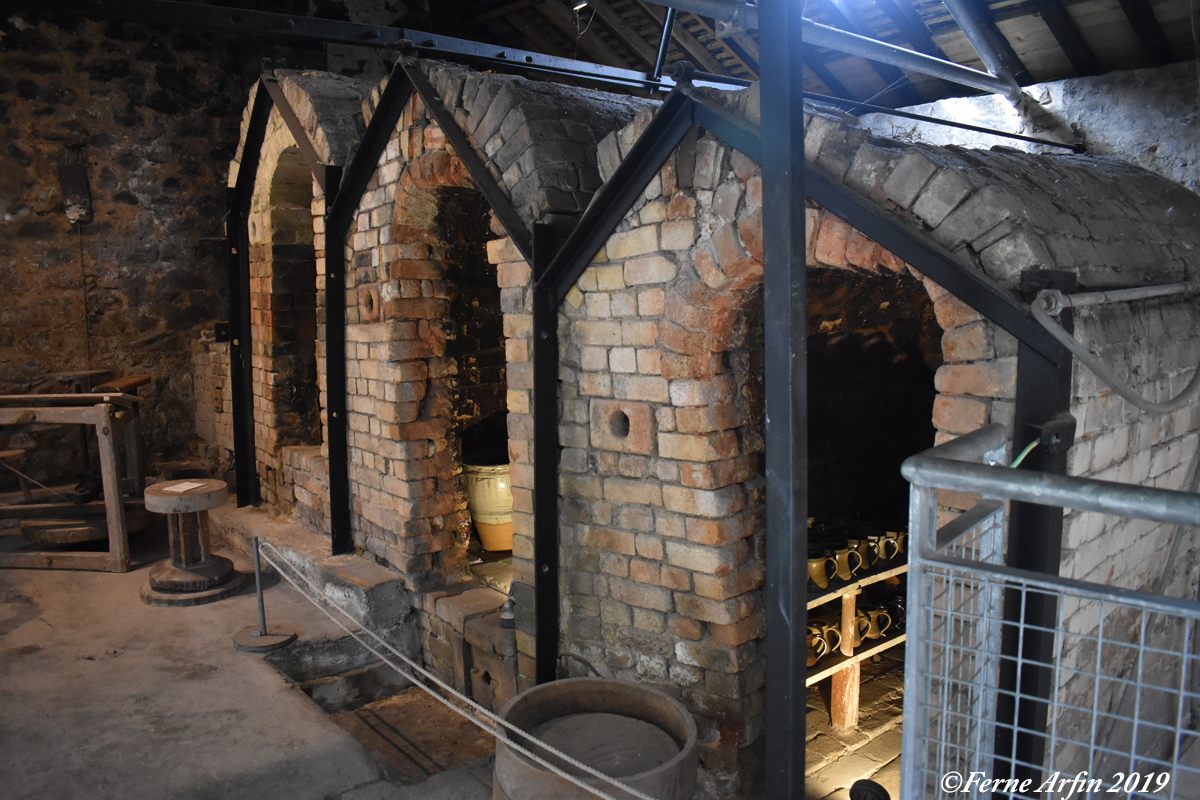
Traditional Japanese noborigama or climbing kiln at the Leach Pottery in St Ives
More places to see, enjoy and buy art
The Tate pioneered London cultural institutions establishing regional branches when it opened in Liverpool in 1988. They opened the Tate St Ives, their second branch, in 1993. The post modern
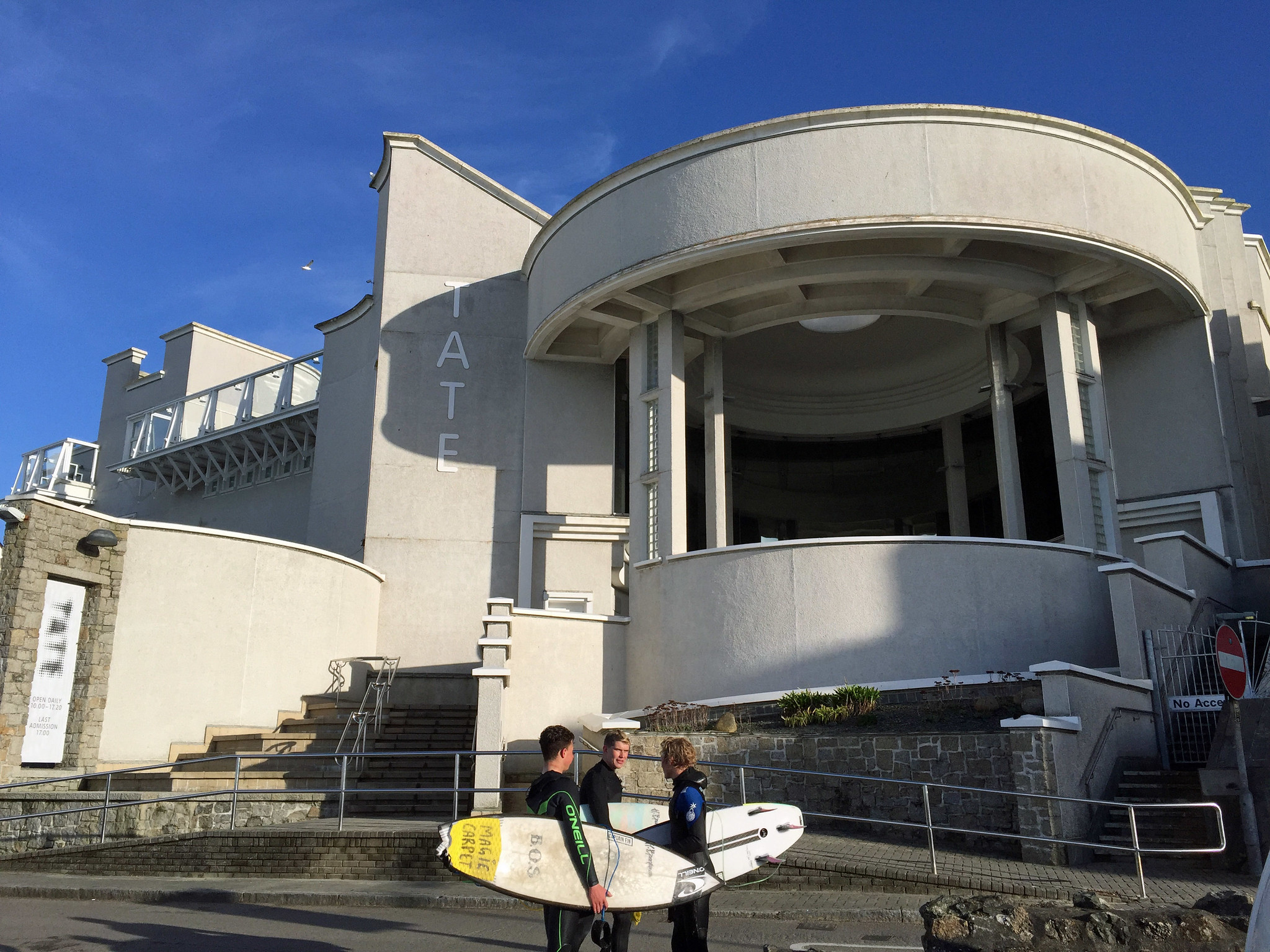
Surfers in front of the Tate St Ives are a common sight. The gallery is right on the beach. photo by diamond geezer ccl
building, on the beach surrounded by residential buildings, recently expanded to accommodate more exhibition space. It hosts exhibitions of paintings, drawings, photography and sculpture that, at least to the Tate curators, reflect that artistic spirit of St Ives.
If you’re interested in work that is available for sale and curated by local gallerists rather than the London establishment, St Ives is not short of choices. These are just a few favorites:
- New Craftsman Gallery is the oldest art gallery in St Ives. Located on Fore Street, virtually in the center of town, it was originally founded by Janet Leach, Bernard Leach’s wife. The gallery shows a variety of established and emerging Cornish and British artists with paintings, ceramics, glass, jewelry, automata and other crafts. I liked it because when I visited, one of my favorite ceramic artists was on show.
- Belgrave St Ives is just around a bend in Fore Street from the New Craftsman. The emphasis here is on contemporary and modern British artists.
- Porthminster Gallery , on the edge of St Ives harbor, exhibits paintings, sculpture, prints, ceramics and jewelry.
Oh those beaches
St Ives is simply surrounded by water. By some accounts, there are eight beaches. I actually only found four but those were beautiful stretches of white or golden sand; in September still warm enough for hardy swimmers yet relatively quiet compared to the bustling village. This part of the British coast has enormous tides so, depending upon the time of day, you could be confronted by a wide expanse of sand and yards and yards of shallow water, or by a narrow, crowded strip of beach with the sea virtually licking the seawall. Starting with the furthest east and heading west along the coast, the best beaches are:
Carbis Bay
About half an hour walk from the center of town, this is a privately owned beach with free access to the public. There are lifeguards and watersports rentals (including kayaks and SUP) in season, cafes and restaurants, pay parking and restrooms. This beach is about half a mile long and family safe.
Porthminster Beach
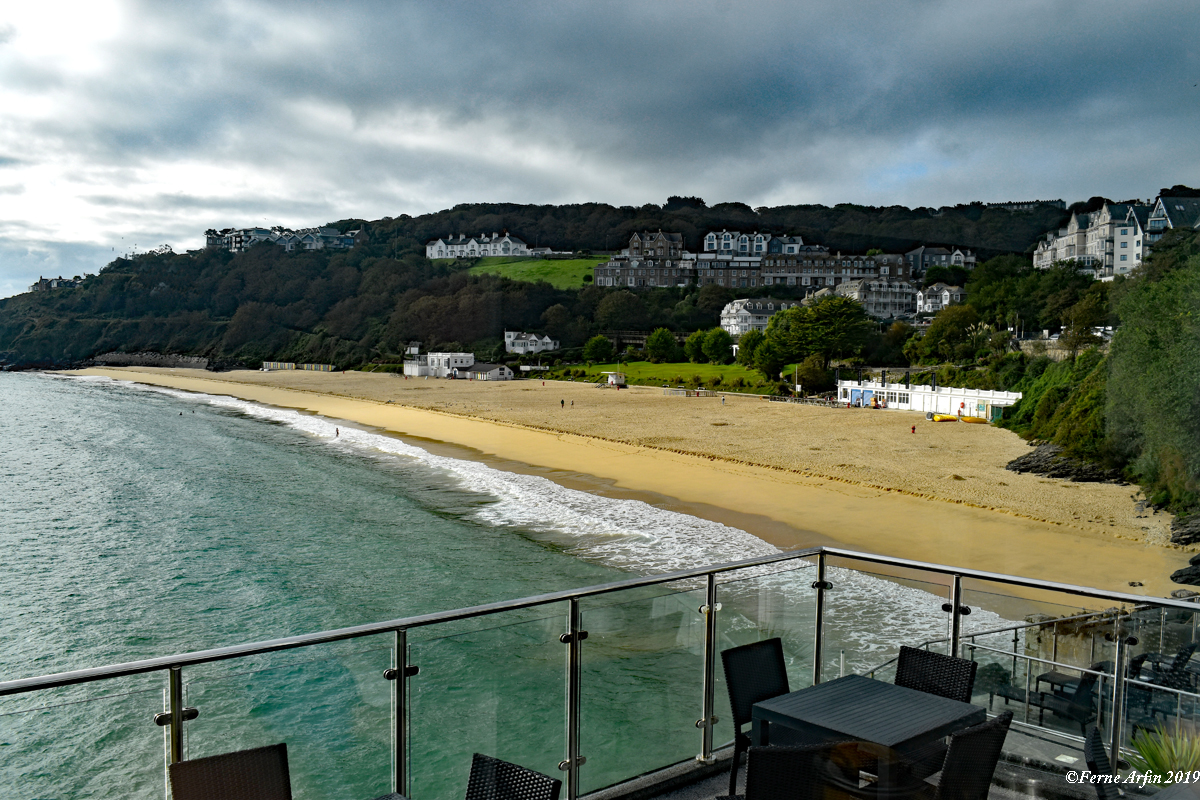
Porthminster Beach from Pedn Olva hotel
This was the first beach I saw when I arrived in St Ives and it was the one my hotel overlooked. The New York city suburb I grew up in is actually a 118 miles long sandbar, rimmed on all sides with wide, white sand beaches. So it takes quite a lot for a beach to impress me. Let me tell you, I was impressed by this long, wide sandy beach that, practially disappeared at high tide and then miraculous reappeared next morning, complete with a ladies swimming club doing laps. Look across the turquoise waters to the Godrevy Lighthouse, inspiration for Virginia Woolf’s novel To the Lighthouse. There’s an award winning beach cafe (of which more coming soon), a mini-golf course where you can buy juices and smoothies and beach chairs to rent in season. Lifeguards are on duty from May to September and watersports rentals are available. The beach claims to be dog-friendly but as that does not include the period from Easter to September it’s not really dog-friendly to my mind. But nevermind. It is a beautiful, safe beach. Porthminster has a surf school but there is actually better surf at Porthmeor.
Porthgwidden Beach
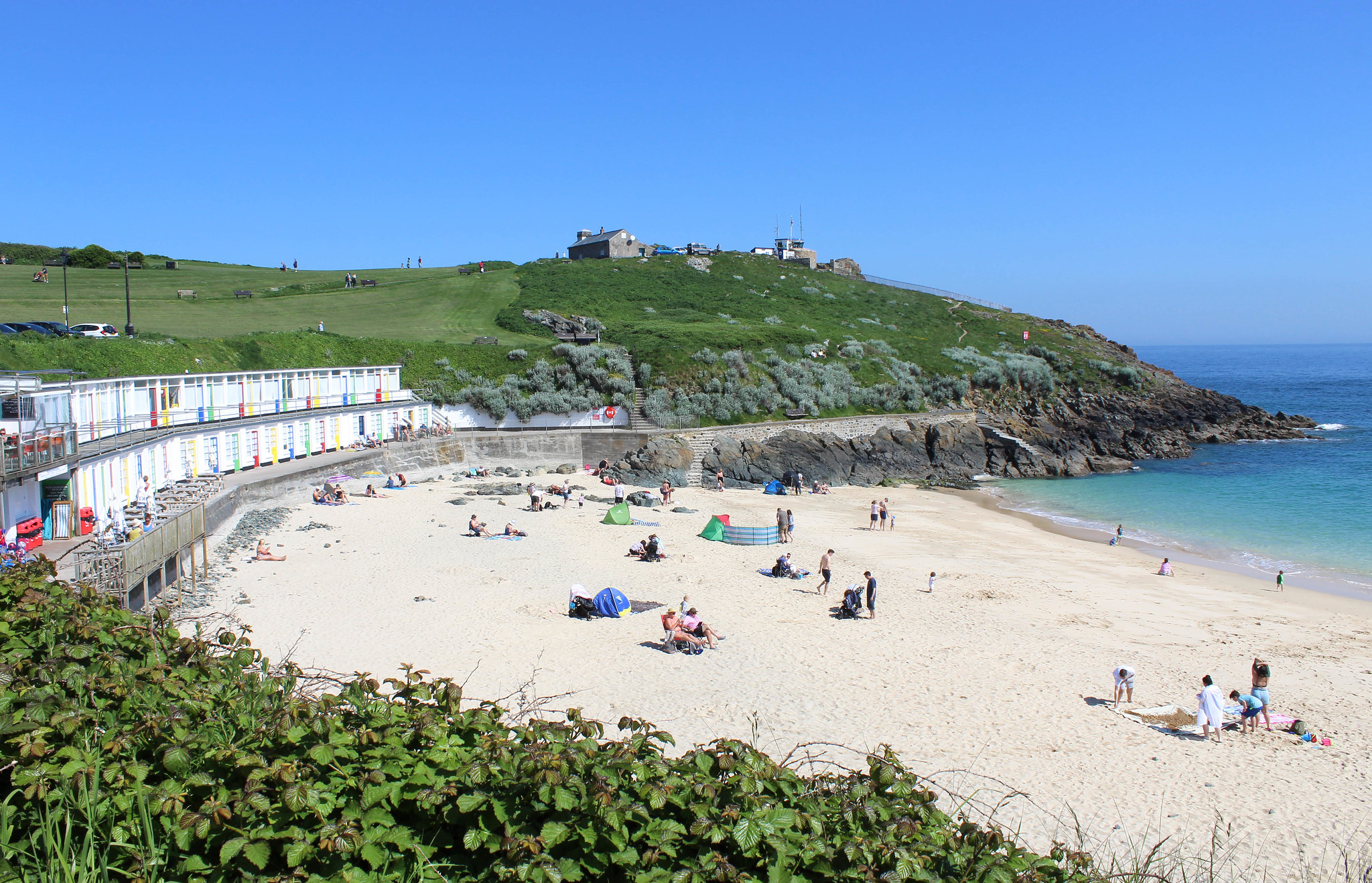
Tiny Porthgwidden has been lined with traditional beach huts since the 1930s. Photo Sykes Cottages ccl
This is a tiny, sheltered beach, just to the west of St Ives harbor and unusual in that it’s lined with beach huts that can be hired for the day. They’re popular and have to be booked as much as six months in advance, so don’t count on it. The beach has a restaurant and restrooms but is also just a short walk to all the facilities of the center of town. Because it is small it is popular with families who want to keep an eye on small children. There are, however, no lifeguards at any time of year. The beach is bordered with rocks that are popular for rockpooling at low tide. The steep, grassy slope that rises behind this beach is called “The Island” though it is actually a headland that separates Porthqwidden from Porthmeor. There’s an ancient – and much rebuilt – chapel at the top of the island.
Porthmeor Beach
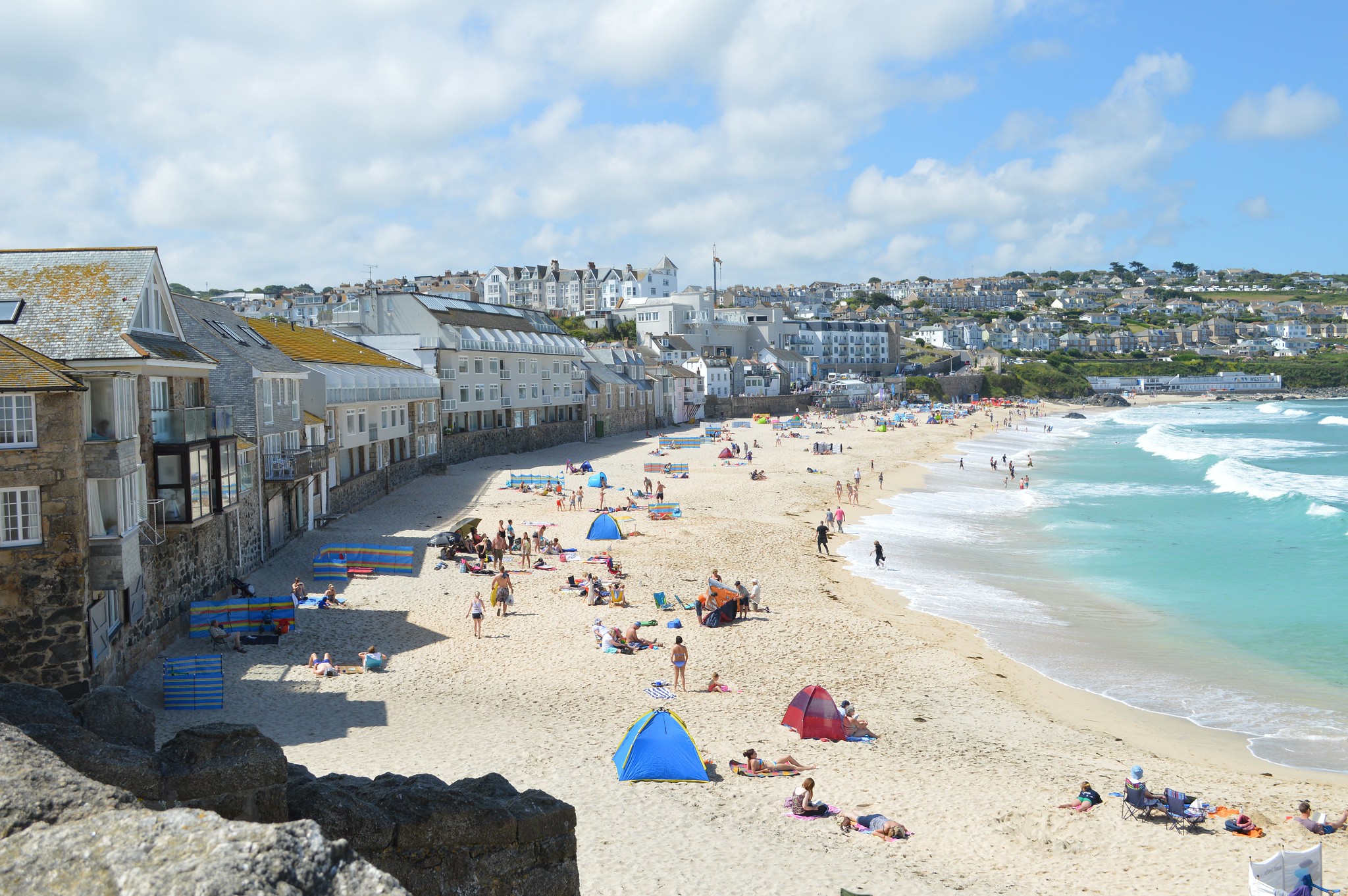
Porthmeor is St Ives highlight beach and the surfer’s favorite. Photo by Matt Brown ccl
Porthmeor is the surfer’s beach. It is also the most unusual in that houses come right up to the sand and lots of little streets just end at the beach. The Tate St Ives is on Porthmeor Beach as well. If you are planning to drive you should be aware that the parking is pretty far away so don’t plan on carrying too much stuff. Driving in St Ives is not for the fainthearted anyway (see below). Everything you need is available at this beach – food and drink, windbreaks, beach chairs, restrooms, beach toys – and the excellent St Ives Surf School opens right onto the beach. Lifeguards are on duty in season. Hang onto your food and drink here. St. Ives aggressive seagulls probably got their reputation stealing children’s ice creams on this beach.
About those seagulls

St Ives seagulls are famous for stealing tourists food. Here is the proof.
As I munched a Cornish pasty while sitting on a wall outside a church in the village, seagulls began to land around me, patrolling the street for crusts and defending their territory against all comers. It was like a scene from the birds. A small child toddled by, waving his ice cream cone with gay abandon. That soon turned to howls of anger and inconsolabe tears as a seagull dive bombed the ice cream. They do like cream, as this picture shows. I have to admit,I encourage the seagull seen here on my hotel room terrace polishing off my clotted cream tea. It had been watching me from a distance when I decided to leave temptation in its way so I could get a good picture. But be warned. The seagulls of St Ives gave up fishing a long time ago. It’s much too easy for them to simply steal your food.
The Nitty Gritty
Getting there – Driving in St Ives is difficult, even for locals. Streets are narrow, often steep and cobbled. I took the Night Riviera Sleeper Train from London Paddington to Penzance, run by Great Western Railway. The penultimate stop is St Erth, from where you can board the St Ives Bay Line for a fast, cheap and beautiful scenic journey to St Ives. Even if you are touring Cornwall by car, you should do this. Ample all day parking is available at St Erth station and there are more than 30 trips a day. St Ives station is a ten minute walk from the center of town.
More practical tips
- Check out cool places to stay and tasty places to dine in St Ives
- Get creative with a jewellery or photography workshop in St Ives
- Discover and book more places to stay around St Ives on TripAdvisor
- Rent a vacation or holiday cottage in St Ives
Full Disclosure – While in St Ives, I was the guest of Visit Cornwall. They provided travel, accommodation and good advice. They also rescued me when other travel plans fell through, for which I am very grateful. Nevertheless, my opinions and impressions of St Ives are my own. In fact, I can’t wait to go back.
Like this? Please pin to share.
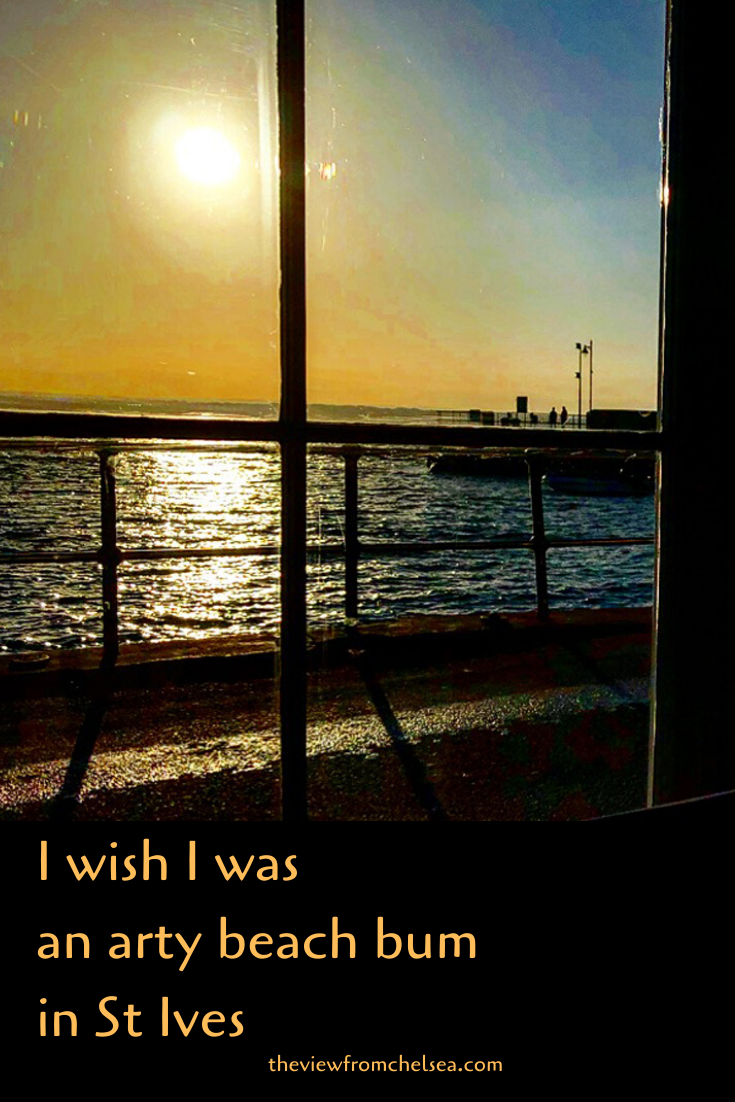
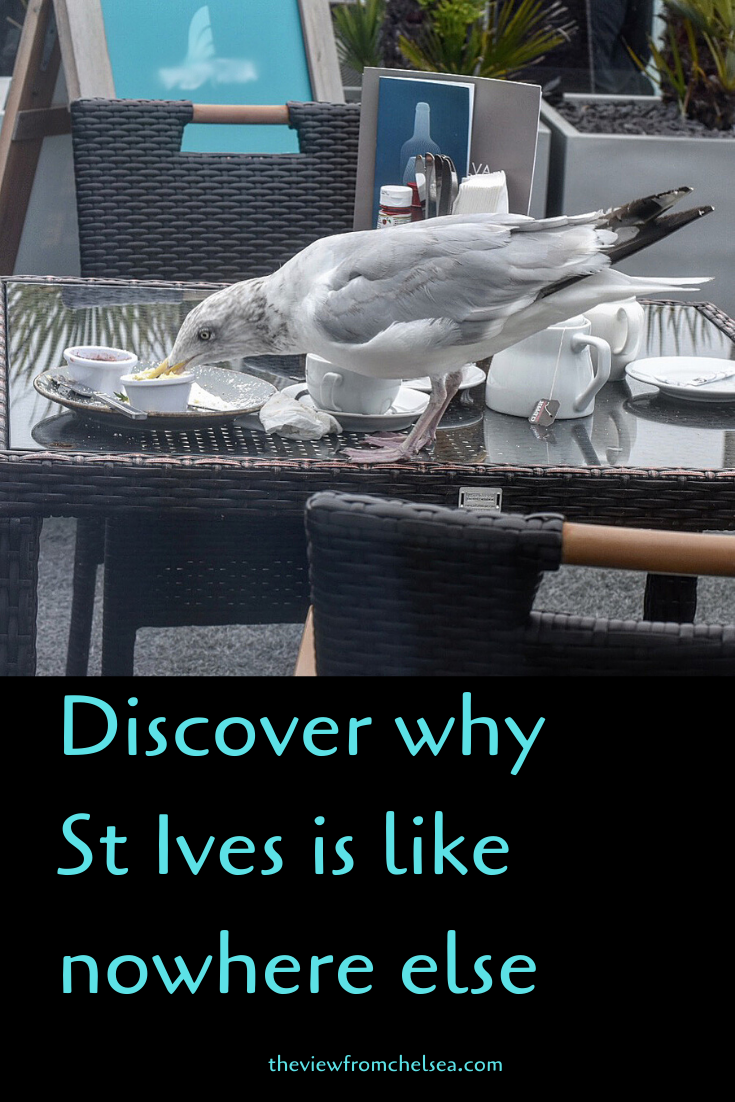

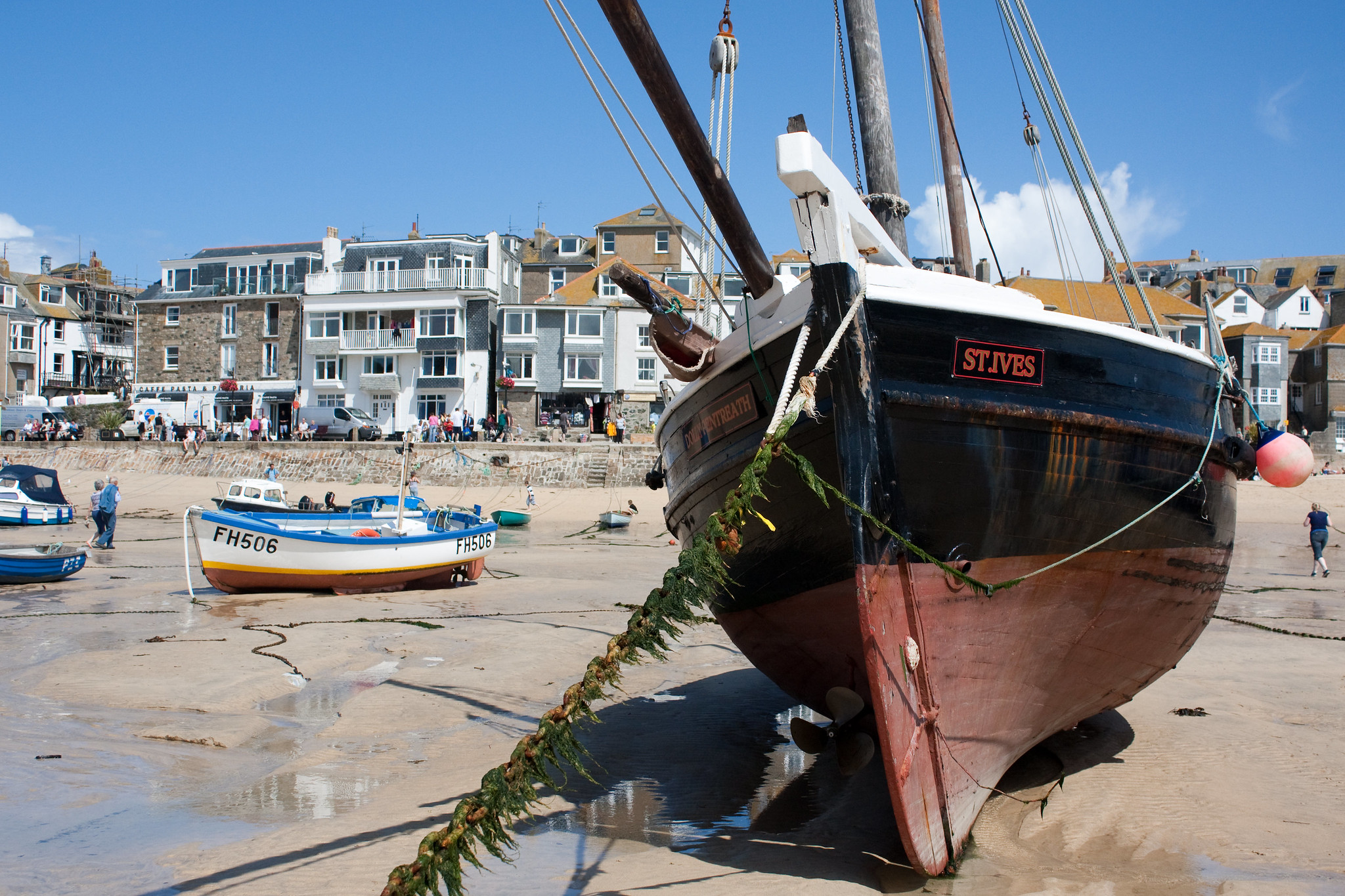
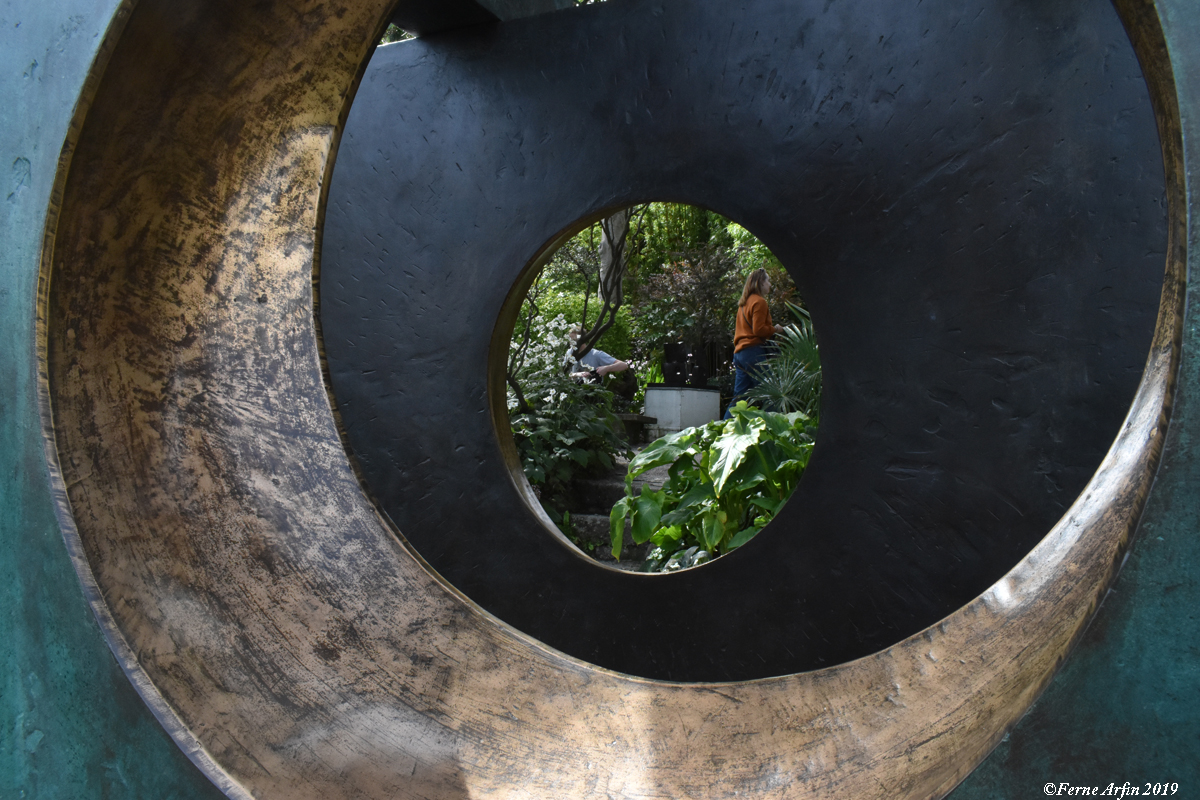
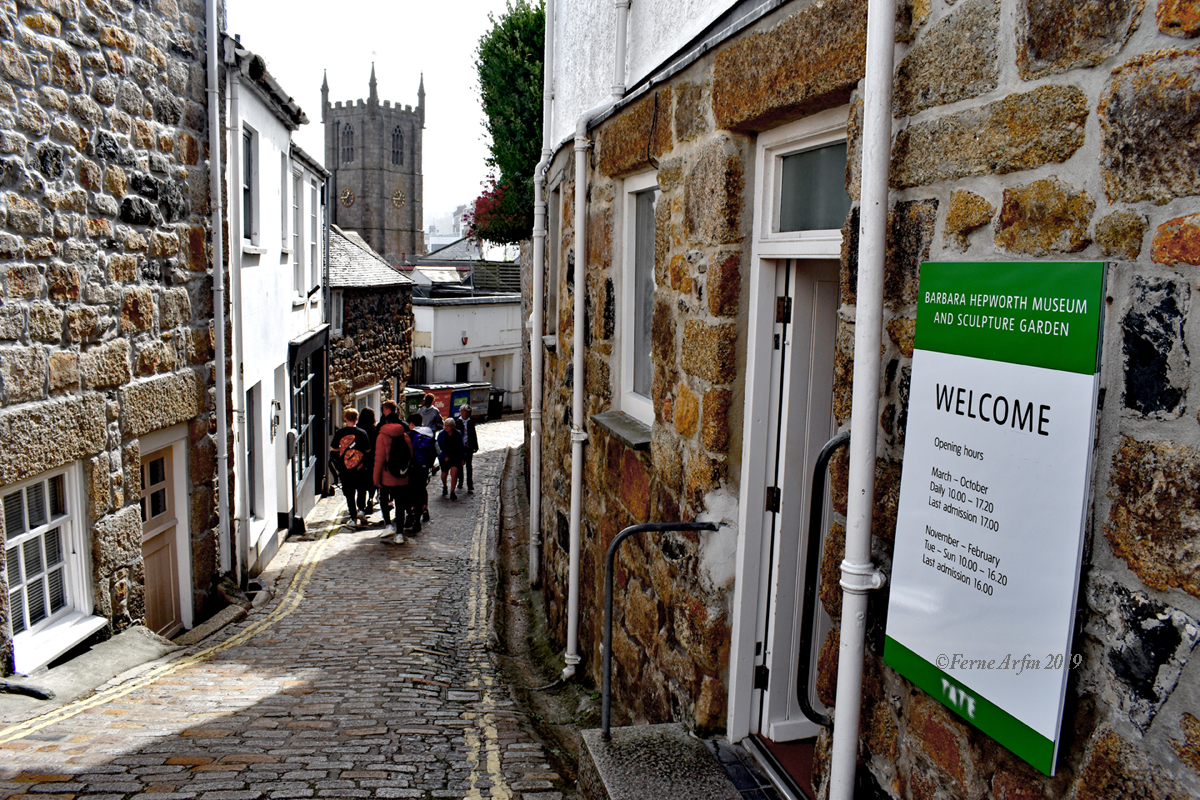
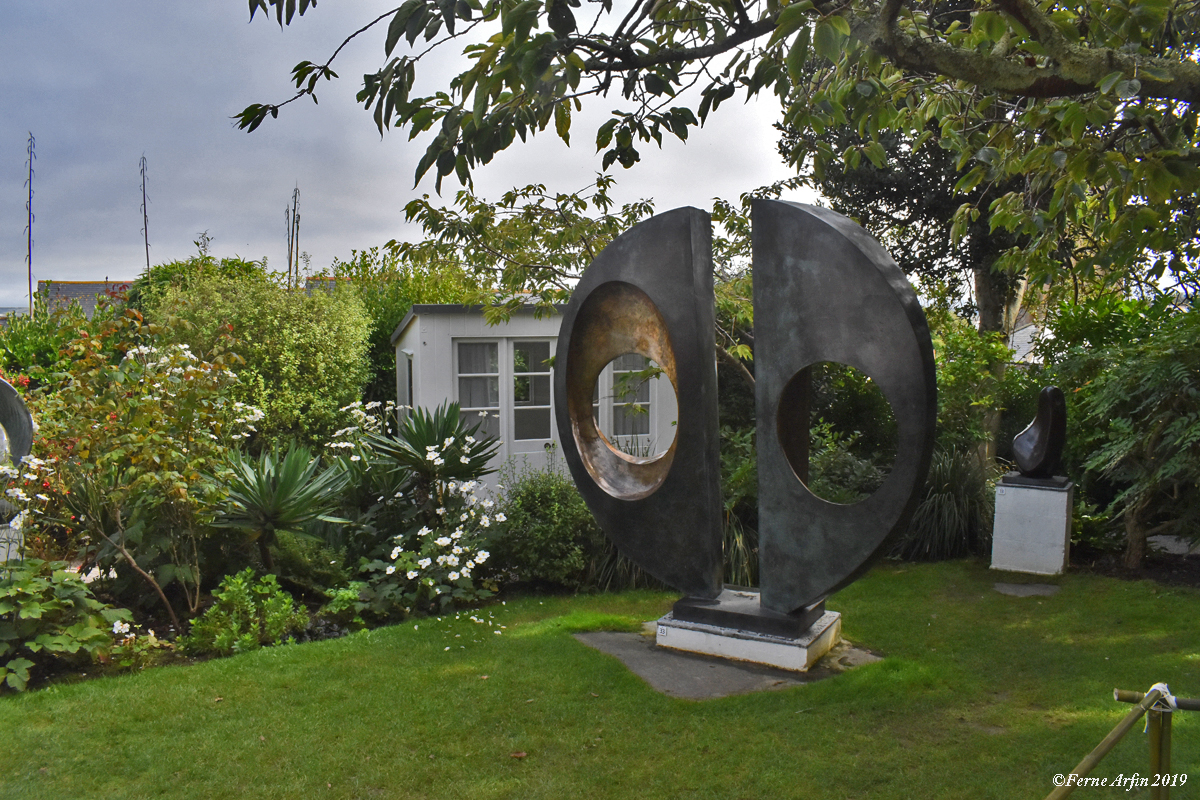
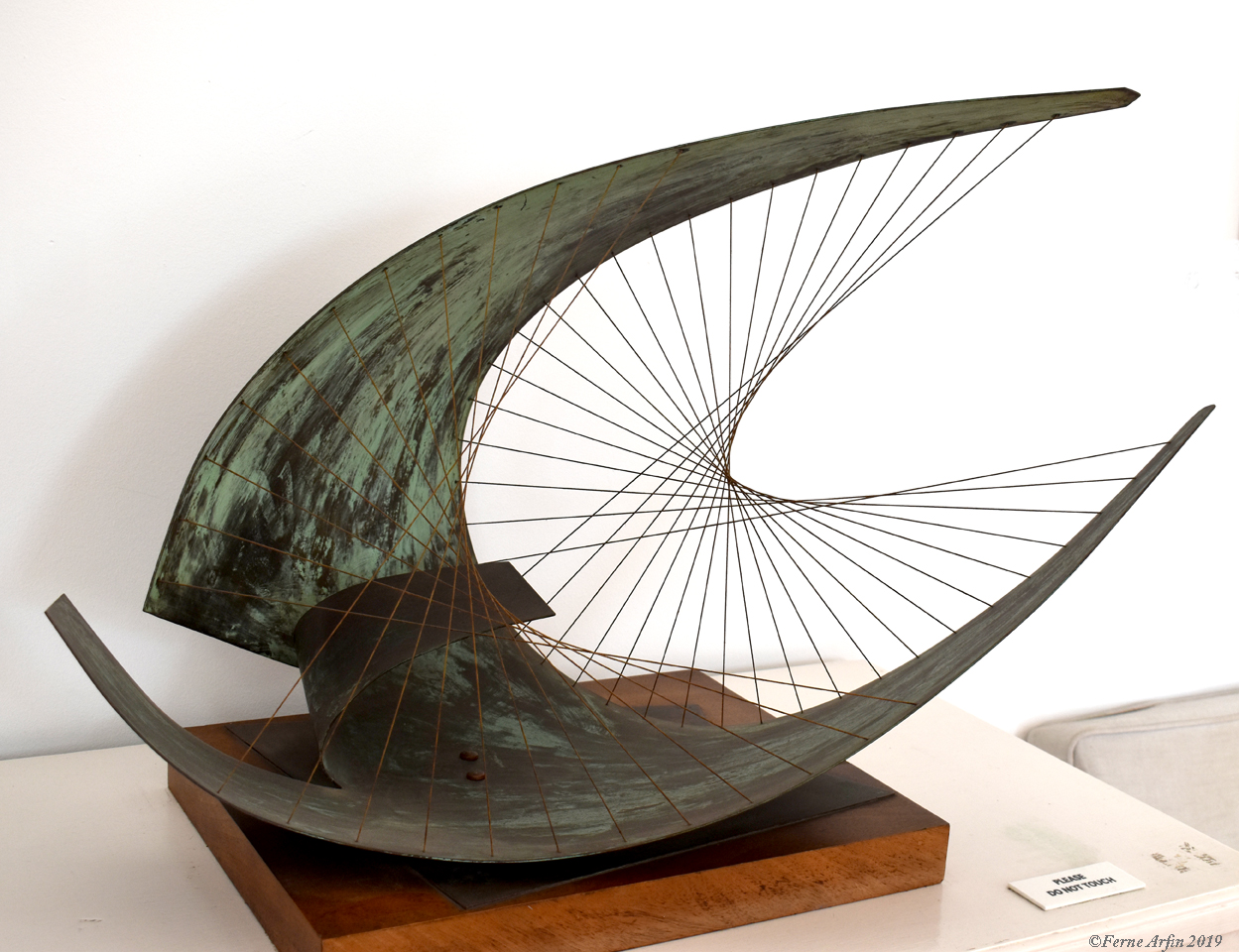
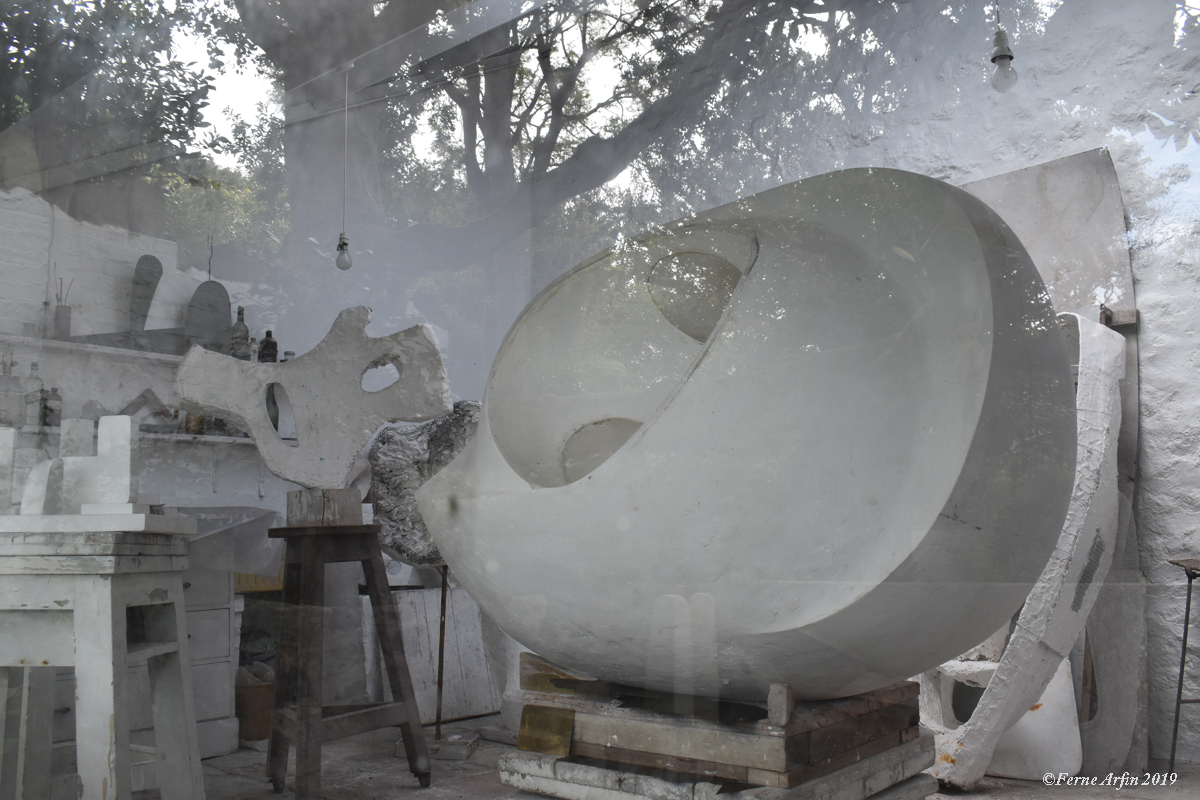
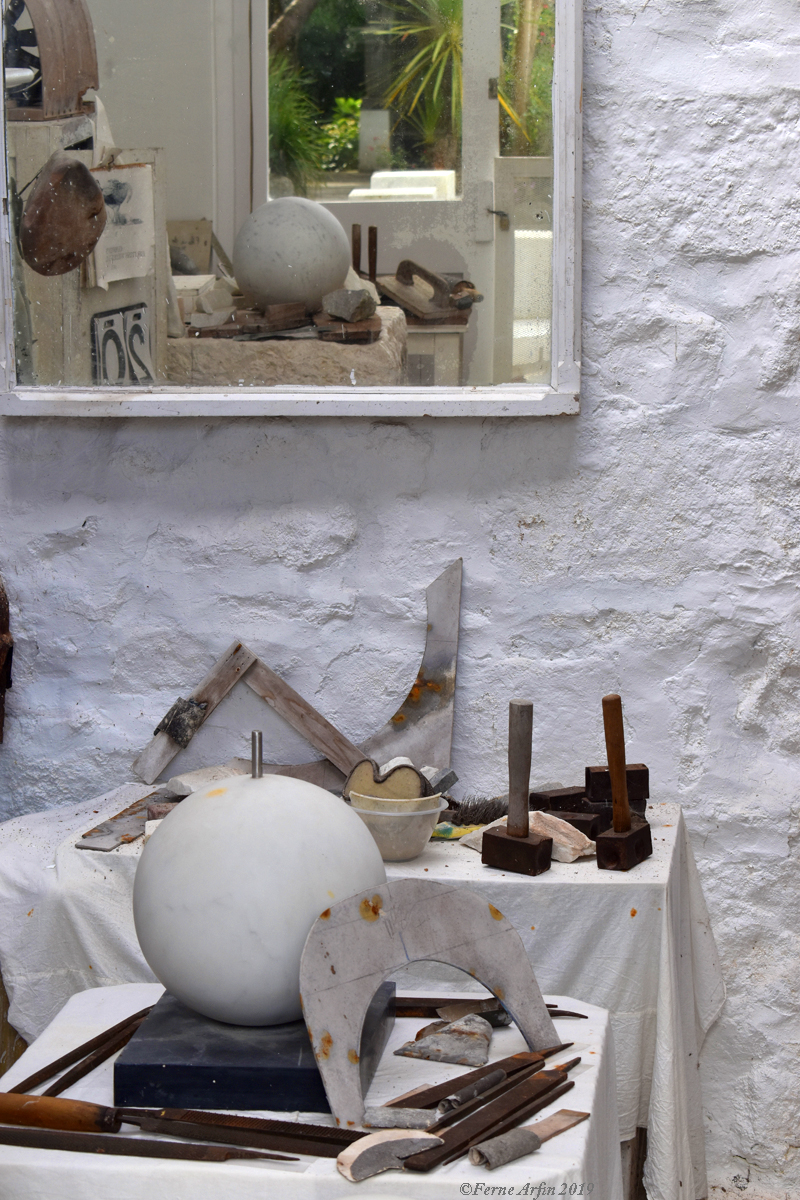
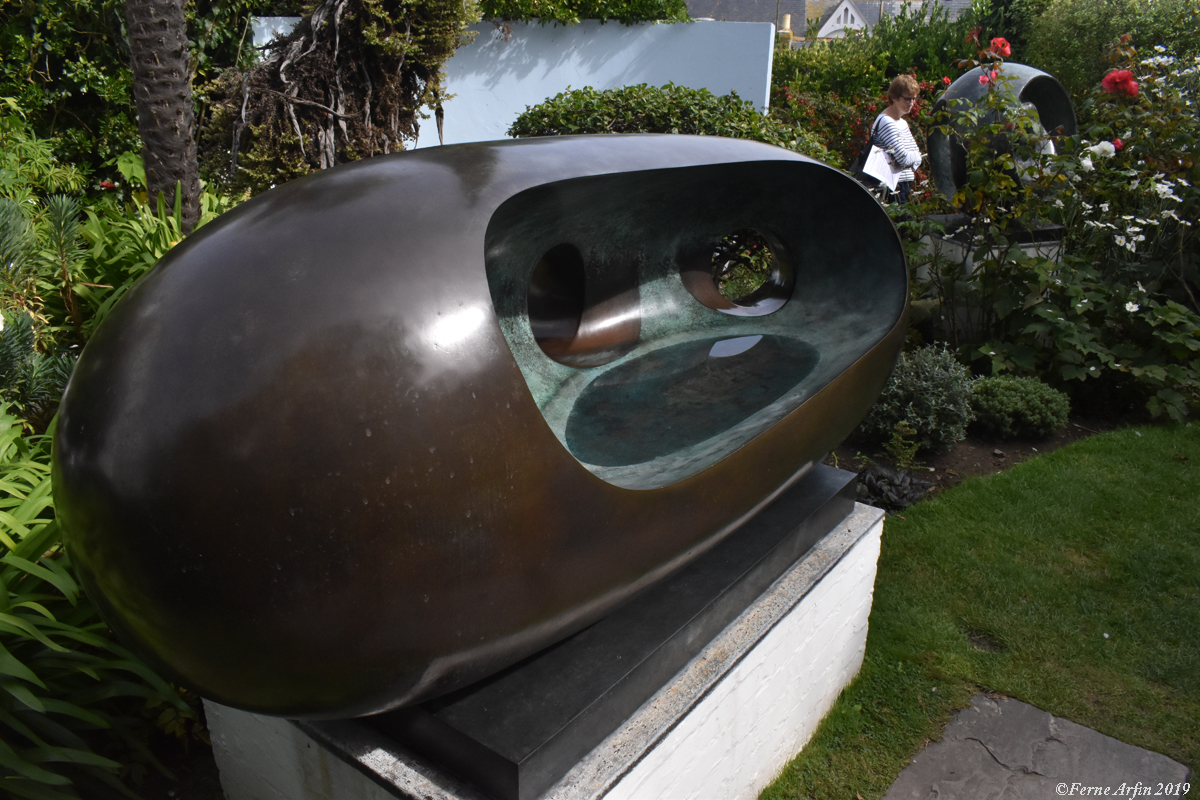
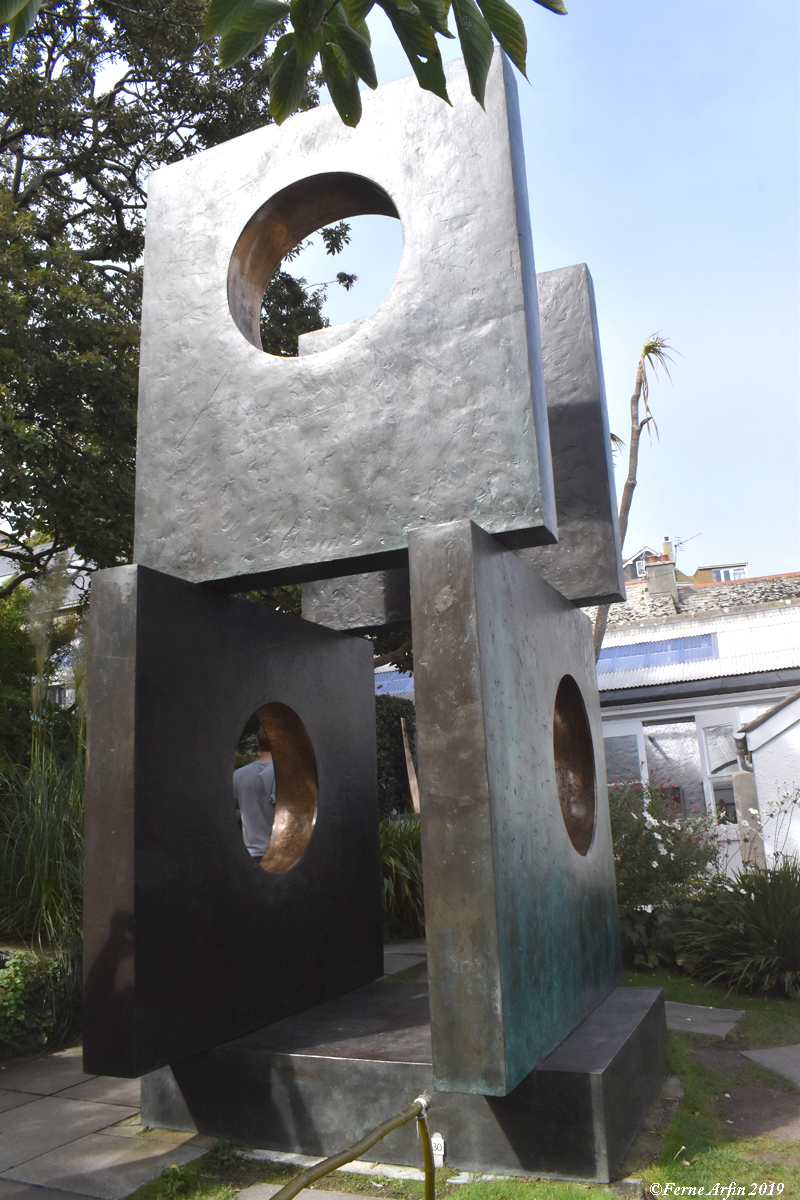
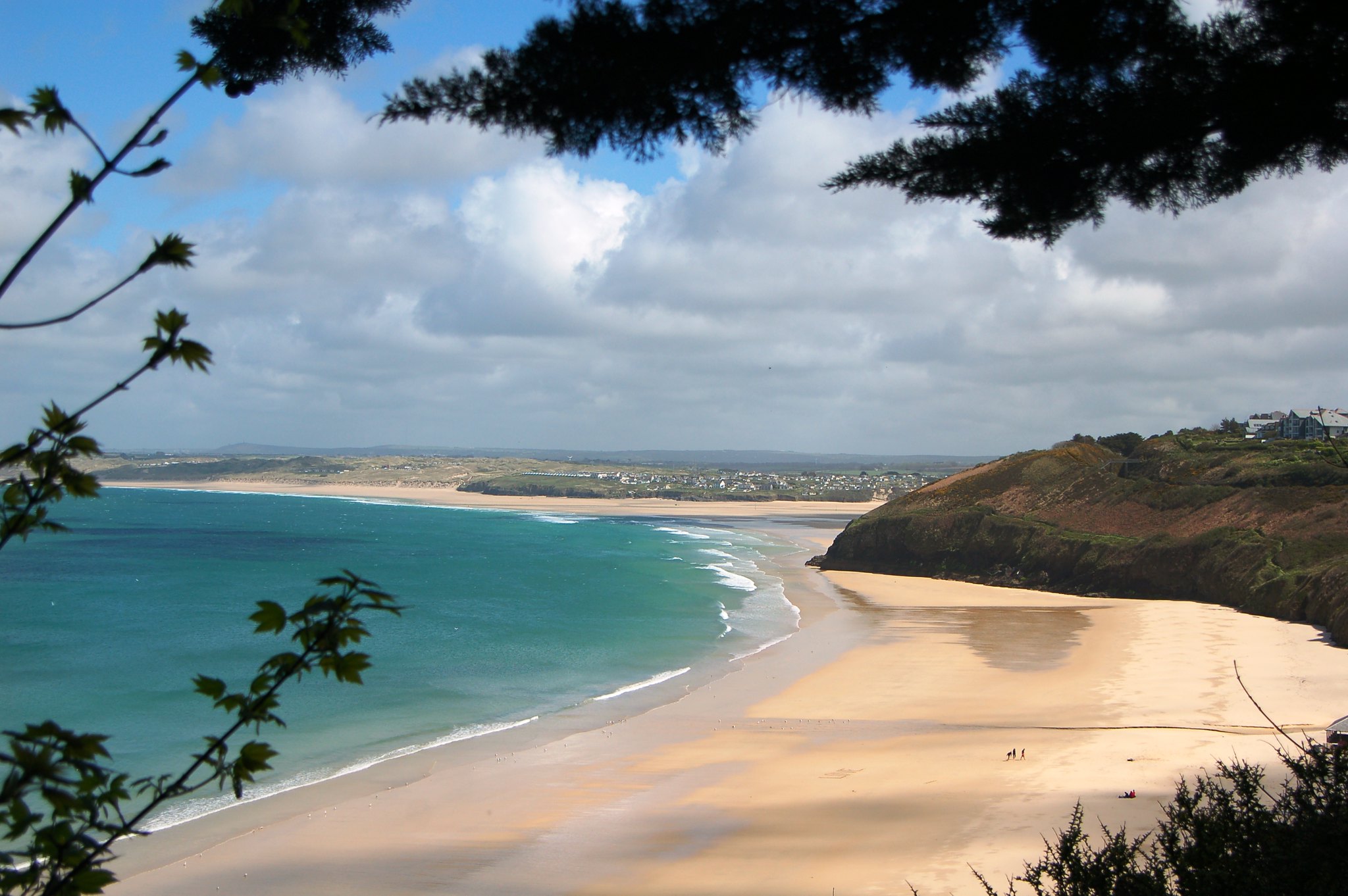
 ©FerneArfin
©FerneArfin
Wow, at first glance, Carbis Bay almost looks like it could be a beach in the Caribbean! I never knew there was so much to see and do in St. Ives.
Great post. I spent a lot of my childhood family holidays going to St. Ives and it still looks just as stunning now. It might not be as popular as other places in Cornwall, such as Newquay, but that just allows it to stay as good as I remembered it. I have a lot of great memories there and would like to revisit it someday.
Can I join you, please? We can be arty beach bums together! It looks fabulous and perfect for walks along the beaches, camera in hand.